The Closest New Stars To Earth Are In A Place You’ve Never Looked
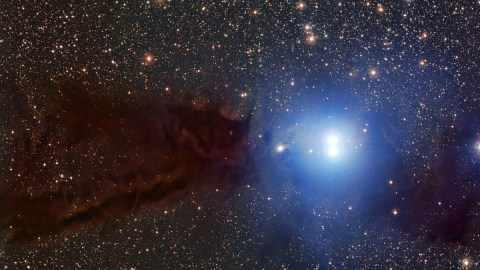
How the darkest places on the sky unexpectedly house the closest new stars.
“You will never be happy if you continue to search for what happiness consists of. You will never live if you are looking for the meaning of life.” -Albert Camus
Most new stars in our galaxy form in massive regions like the Orion Nebula, some 1500 light-years away.
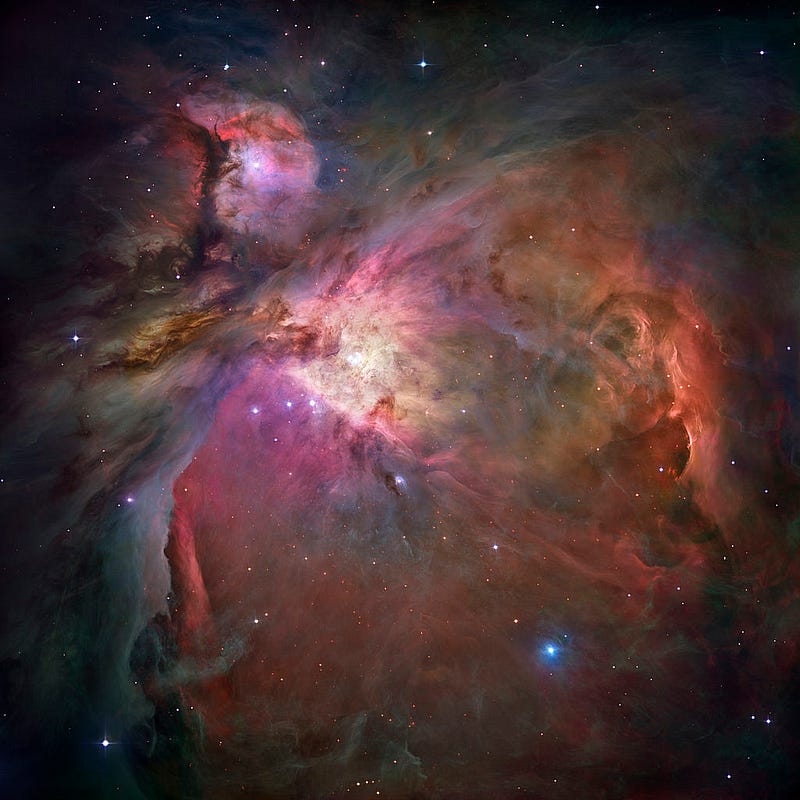
But many more locations exist where star formation is more subtle: in low-mass molecular clouds.

Although the northern hemisphere skies are devoid of close ones, there are a slew of dark nebulae littering the southern skies.

The Chamaeleon and Corona Australis molecular clouds are closest at ~500 light years, while just under 600 light years distant, the Lupus clouds lie in the constellation of the wolf.
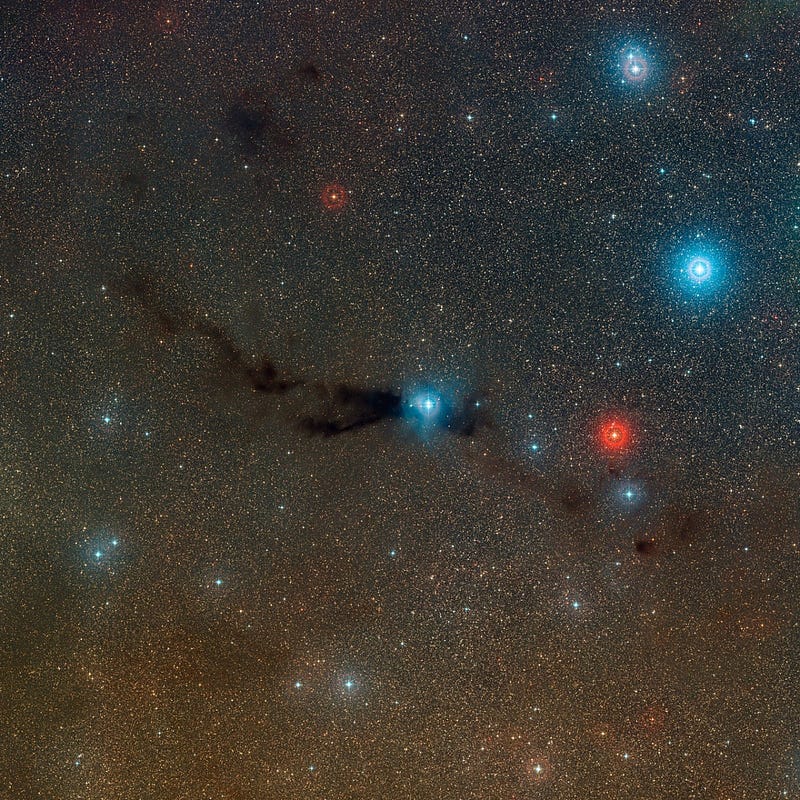
In visible light, these clouds appear predominantly as dark patches, obscuring and reddening the light of background stars.
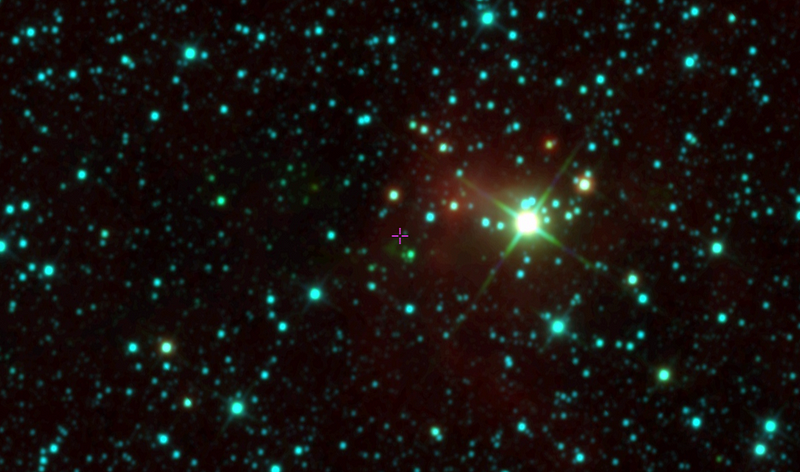
In the infrared, though, the gas glows brilliantly as it forms new stars inside.

Combined visible and infrared measurements, as taken from ESO’s La Silla Observatory, reveal where the hottest, newest stars have begun to come alive.
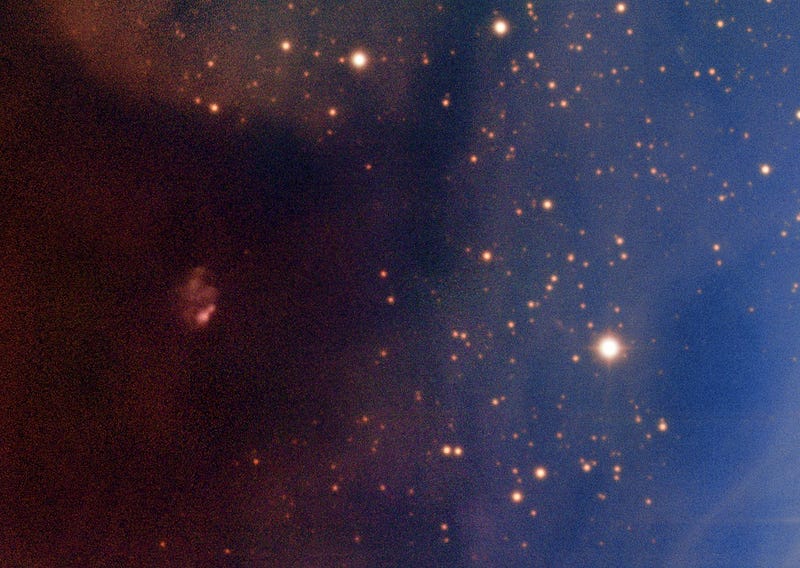
The radiation and stellar winds from these hot, pre-main-sequence stars blow away cloud Lupus III, revealing the full splendor of the newborn stars, while other, darker regions, continue to grow and form stellar infants.
https://www.youtube.com/watch?v=E7A5aSgXCkA
As these clouds evaporate, hundreds of low-mass stars will be revealed: the next generation populating our galaxy.
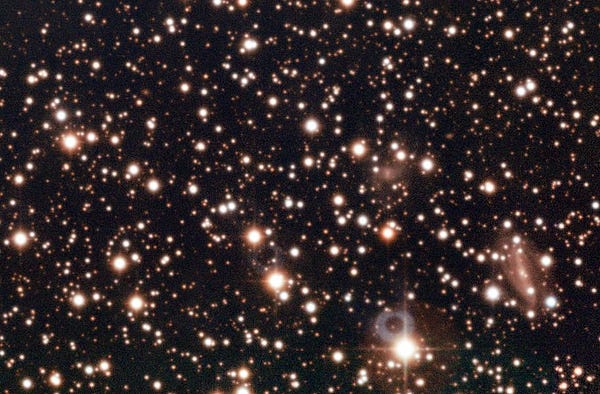
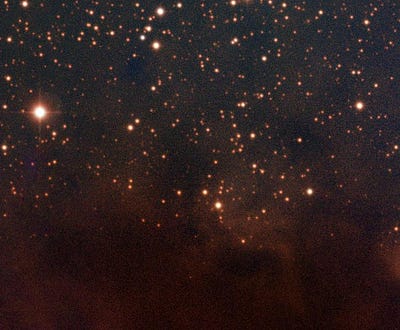
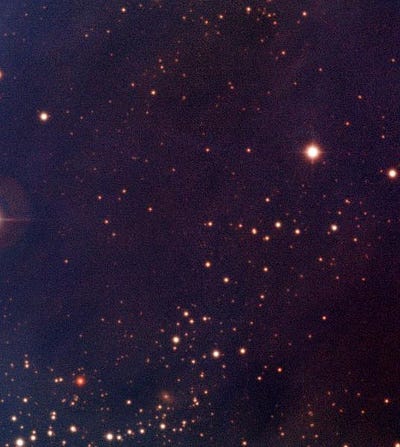
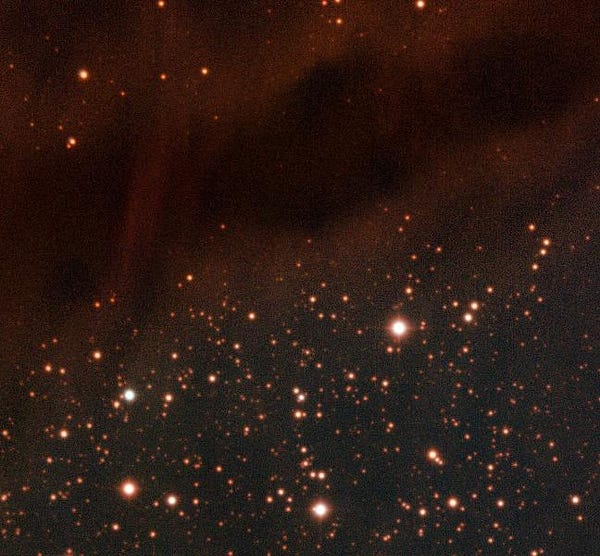

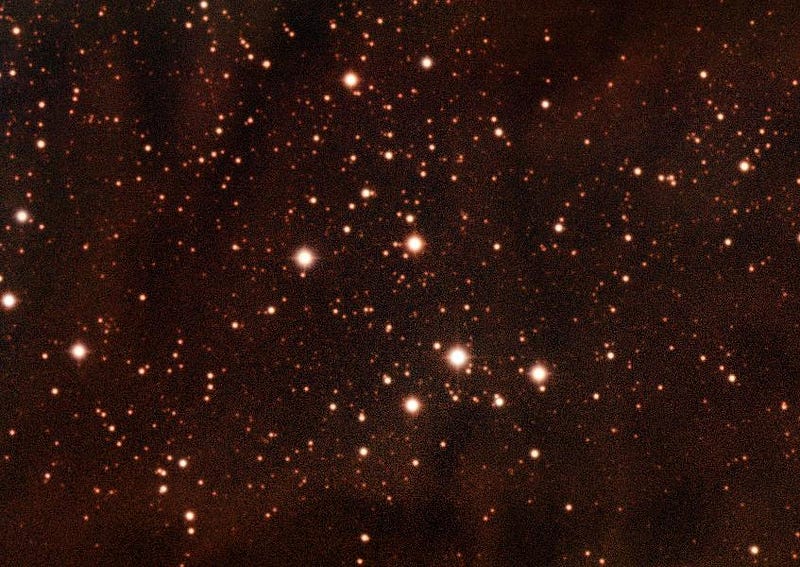
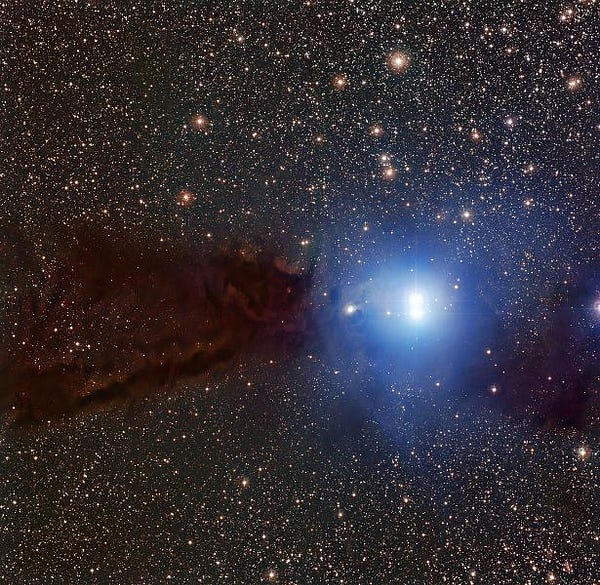
Mostly Mute Monday tells the story of a single astronomical phenomenon or object in visuals, images, video and no more than 200 words.
Leave your comments on our forum, and check out our first book: Beyond The Galaxy, available now, as well as our reward-rich Patreon campaign!





